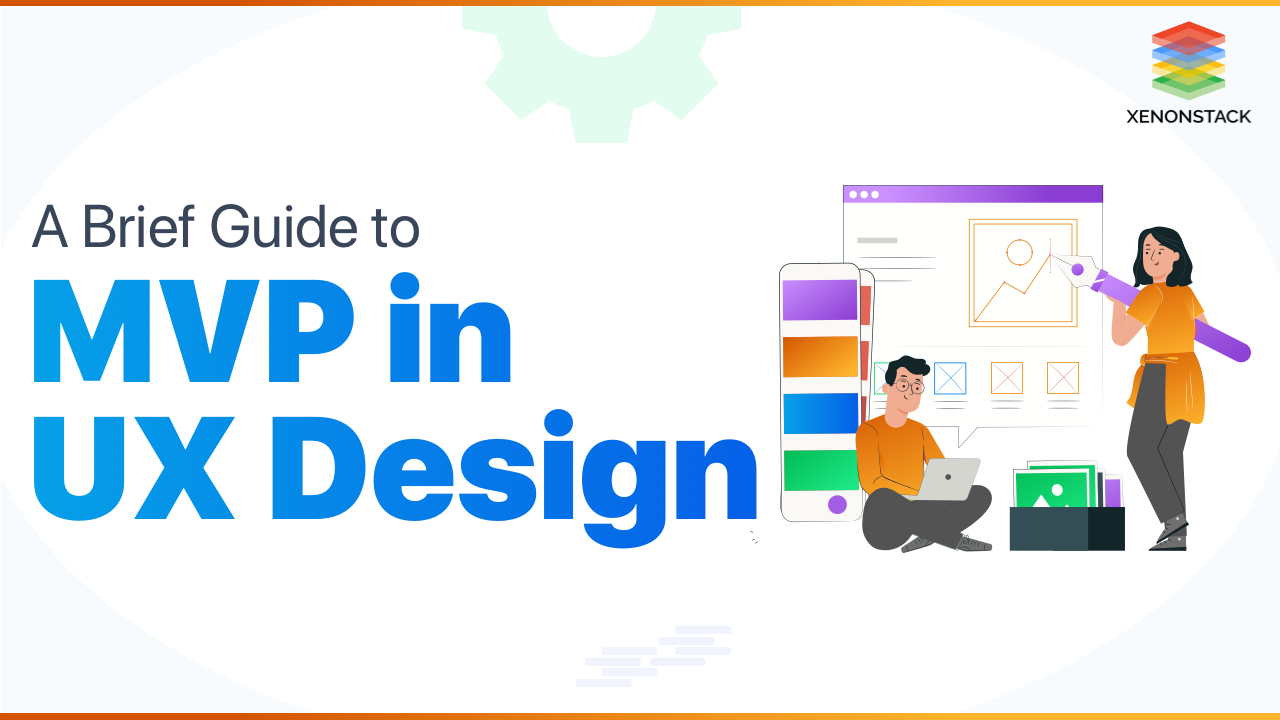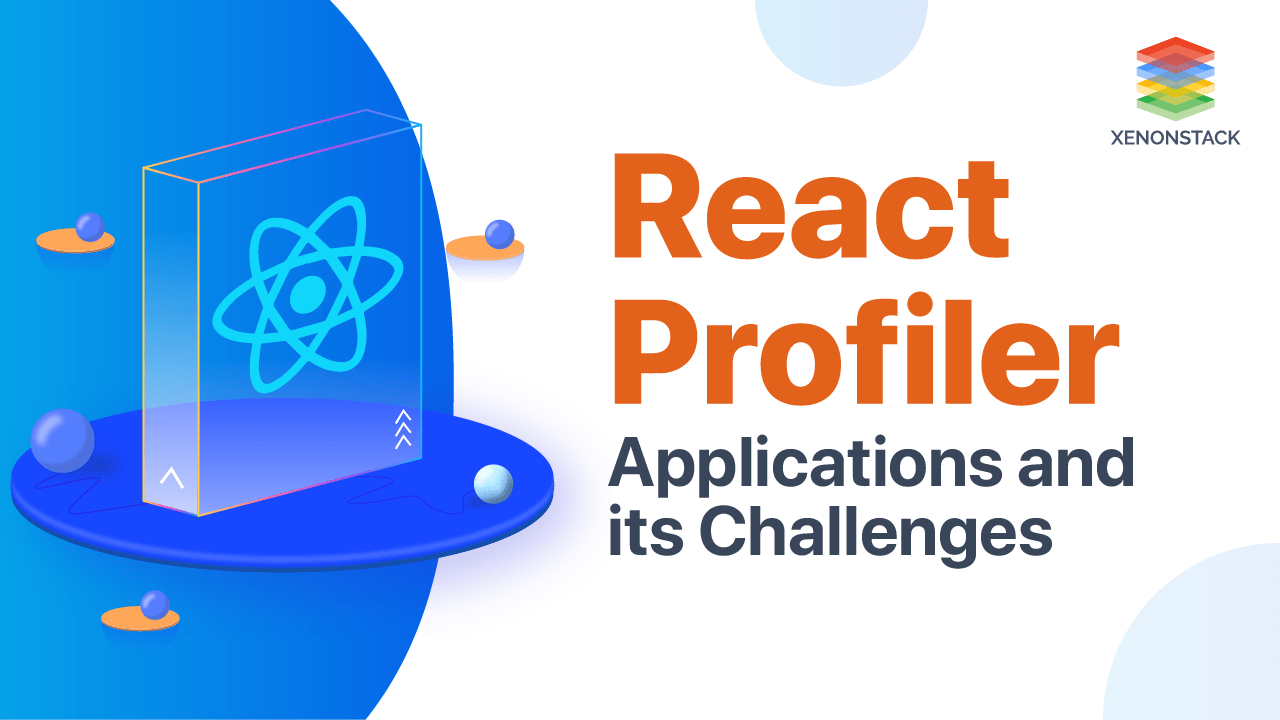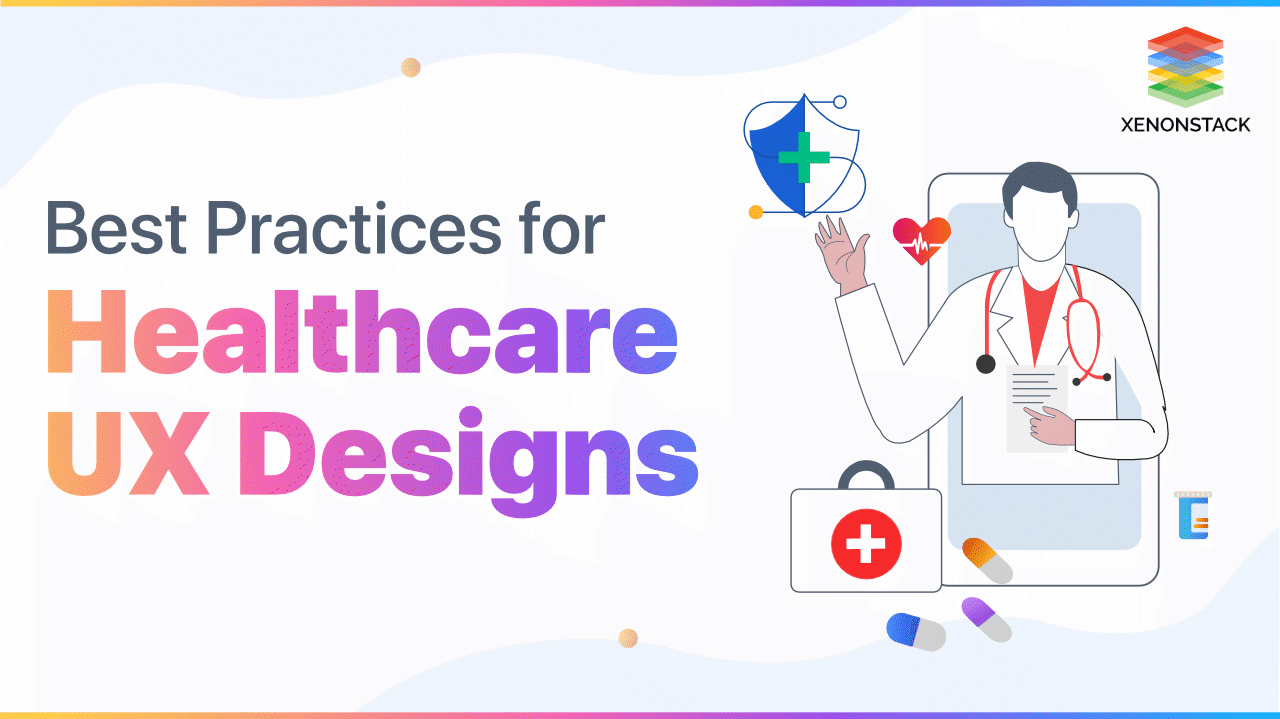
Introduction to Minimum Viable Product
Time, Funds, and Resources can all become a blocker in the world of product development. Challenges and issues along the course of developing the product can lead to missed deadlines, funding issues which can have a critical impact on the final delivery of the product.
We have a better way for the design process. By creating the MVP, we can identify the blockers, errors and avoid unnecessary hustle while moving forward with the development and creation of the product. In this article, we will deeply analyze the value of MVP in Agile, product delivery, and business transformation.
User Experience Design focuses on the user-first way of designing products/services and their requirements. Click to explore about, User Experience Design
What is an MVP?
The MVP (Minimum viable product) is the most critical and core feature set of any product deployed and used. The modern definition of MVP is “The smallest thing that can be built and delivers value to the customer and the one using the product.“
MVP is the stripped-down version of the final product envisioned by a team or an organization with a small set of features. MVP can gather data and test the hypothesis before the final build and release of the product in the market. MVP helps the internal team to understand the impact the product has on its customers and business. MVP helps teams to understand if their goals and expectations are met or not.
What an Minimum Viable Product means for the business?
For a Business, MVP means saving Funds. In the end, an organization wants to create a product that the target audience would love without spending a hefty amount of resources and money on it. Let's say that a company with a food delivery app wants to reduce the friction of the app's users. They have research data that suggests that it's difficult for the customer to look for a dish on the restaurant's menu. The goal of the business here is to find a solution with minimum development cost.
What an MVP means for the Design team?
For the design team, the primary focus is to find a simple solution by keeping user needs in mind. Considering the same example of a food delivery app, the design team will come up with features that reduce most friction by taking into account the product's core functionality.
CX and UX are separate and unique. Both play an essential role in the overall success of a program, the reputation of your brand, and customers. Click to explore about, Comparing Customer Experience and User Experience
What an MVP means for end-user?
People are not fans of products with too many features. A limit of 7 (+2 0r -2 ) before a user starts feeling overwhelmed. Any option more than this in the case of MVP can cause decision fatigue. So the conclusion is that we want our users to use MVP with minimum effort. In the case of a food delivery app, we want to guide the user where they can easily find the dish they want in a restaurant's menu without overwhelming them with buttons, options, and so on.
What are the benefits of using MVP?
There are many benefits of using MVP in product companies.
- Organizations can test if their thoughts align with the customer's demand without spending a huge amount of money and investment of time and resources.
- Design team learning pace can be increased about what customer wants, with rapid iteration to deliver that.
- Wasted hours of the development team can be minimized by focusing on the MVP of the product.
- The product can be reached to the market faster and thus theoretically start to rise the revenue compared to if one organization launches a fully-featured product in the market.
- Organizations have a competitive advantage if multiple companies try to enter the market.
Executing Lean UX
MVP is the concept of the lean UX ( Approach that increases agility in the design team ). Lean UX considers a tiny portion of the final features to be delivered. It greatly focuses on the experience of the process, thus ensuring overall collaboration and involvement of the team members.
Usability testing in lean UX helps the team get feedback quickly and iterate according to the customer's needs. MVP creation in lean UX has 3 parts
Build
When an MVP for a product is built, It should be considered how it will integrate with other product features. Ux research is beneficial in understanding this aspect. Research helps in creating clarity, which helps in faster product builds. During MVP build, code is not finalized, and wireframes are very rough. The team creates a product that is sufficient enough for testing.
Measure
When MVP is built, the next important step is testing. This step helps to generate valuable data that can be measured, including how many times an error occurred or how many times users hesitated to click buttons or perform tasks. Time is taken to complete tasks. This data helps to set the benchmarks for the future. It helps to understand user behavior and informs teams of the next best steps they should take.
Learn
Learning at every stage is very important. This ends at one cycle and embarks the beginning of the next cycle of MVP creation. It suggests what features should be kept and which features should be dropped. If MVP succeeds, it provides well-documented findings and data to create the best-in-class product for an organization.
A designing process which focuses on creating engaging web Interfaces with logical thoughts, behaviors, and actions. Click to explore about, Interaction Design Principles
What are the Misconceptions about MVPs?
There are many misconceptions about the MVP. The first misconception is MVP is easy to create, but they are not. Although the final thing is easy to understand and imagine the course to reach, it isn't easy. If the team is not aligned with MVP's vision, there will be conflicts, challenges, and roadblocks. A change in the available resources in the development of MVP can cause many issues and delays.
The second Misconception is that MVP focus on only 1 feature, but this is not true, MVP can have multiple features which have their importance in the hierarchy of creating MVP.
The third misconception is that MVP lacks core functionalities, but this isn't the case. In reality, MVP focuses on core goals, but the features used to reach that goal are scaled-down.
Use Case for an MVP
It is difficult to convince the stakeholders with all these misconceptions. Before starting work on MVP, a team should consider the following points.
- What are the pointers that indicate the need for an MVP?
- What is the objective of the MVP?
- What impact is being tried to achieve with the development of the MVP?
- Why are we creating MVP at this stage?
- What are the constraints and challenges that will affect the development of MVP?
- How available will resources in a limited period create the MVP or not?
- When will MVP be launched?
Having the answers to all these questions, at a minimum, will provide enough clarity and reason to create an MVP. There might be more questions based on the business and the circumstances. But once you’ve validated a need, the process of creating an MVP becomes much more accessible.

Conclusion
Making MVP part of product strategy and creation will ultimately create a product that will be valuable to the user. And if this is not the goal, then the MVP approach will help clear the vision and help achieve success in product development. The market is becoming competitive, and the organization cannot ignore this approach. MVP helps a product company to communicate with the users directly. It can be a game-changer for the company if it is done with clear thoughts and vision and a solid understanding of what MVP is.
- Learn How to Build a Recommendation System using AI
- Get an Insight about Go Application Performance Monitoring


